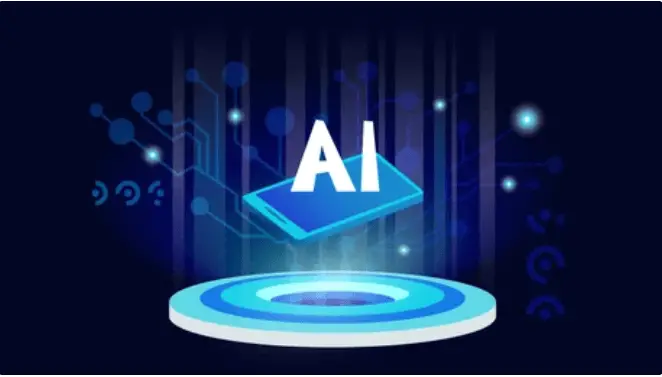
Visits: 1
What is Artificial Intelligence and How Does AI Work
Introduction to Artificial Intelligence (AI)
Artificial Intelligence, often abbreviated as AI, is a revolutionary field of computer science that aims to create intelligent machines capable of performing tasks that typically require human intelligence. The goal of AI is to develop systems that can reason, learn, and adapt, mimicking human cognitive abilities to solve complex problems and make data-driven decisions.
AI has seen significant advancements in recent years, driven by powerful computing capabilities, vast amounts of data, and sophisticated algorithms. It has found applications in various industries, including healthcare, finance, transportation, and marketing, transforming the way we live and work.
Understanding the Fundamentals of AI
AI is built upon two fundamental types of approaches:
- Narrow or Weak AI: This type of AI is designed to perform specific tasks with high proficiency. Narrow AI systems excel at focused tasks like language translation, image recognition, and playing chess. They operate within predefined boundaries and cannot perform tasks outside their designated domain.
- General or Strong AI: General AI aims to possess human-like intelligence and versatility, capable of understanding and performing any intellectual task that a human can do. As of now, true General AI remains a theoretical concept and is yet to be fully realized.
How AI Works
AI systems function through a series of interconnected components, utilizing vast amounts of data and powerful algorithms. The key components of AI include:
1. Data Collection and Preprocessing:
Data is the lifeblood of AI. AI models require collecting large datasets from diverse sources for effective tasks.
2. Machine Learning:
Machine Learning (ML) is a core aspect of AI that enables systems to learn from data and improve their performance over time. ML algorithms can be broadly categorized into three types:
a. Supervised Learning: In this approach, the AI system is trained on labeled data, meaning the input data is paired with corresponding output labels. The algorithm learns to map inputs to outputs based on this labeled data.
b. Unsupervised Learning: Unsupervised learning involves training the AI system on unlabeled data, where the algorithm identifies patterns and structures within the data without predefined categories.
c. Reinforcement Learning: In reinforcement learning, the AI system learns through interactions with an environment. It receives feedback in the form of rewards or penalties, allowing it to learn from trial and error.
3. Neural Networks:
Neural networks are essential in AI systems for tasks like image and speech recognition, natural language processing, and decision-making.
4. Natural Language Processing (NLP):
NLP focuses on enabling machines to understand and process human language. NLP algorithms enable tasks like sentiment analysis, language translation, chatbot interactions, and voice recognition.
5. Computer Vision:
Computer vision involves enabling machines to interpret and understand visual information from images and videos. AI-powered computer vision aids facial recognition, object detection, and autonomous vehicles.
6. Deep Learning:
Deep learning is a subset of machine learning that employs neural networks with multiple layers to process and learn from data. It has shown remarkable success in tasks that require massive amounts of data and complex patterns.
7. Decision Making and Prediction:
AI systems can predict, classify, and make data-driven decisions using trained data.. These decisions can range from recommending products to customers to predicting stock market trends.
Conclusion
Artificial Intelligence is a groundbreaking technology that has the potential to revolutionize industries and transform the way we interact with machines.
As AI continues to advance, it opens up new possibilities for enhancing efficiency, solving complex problems, and driving innovation across various domains. Understanding the fundamentals of AI and how it works provides a glimpse into the exciting future where intelligent machines collaborate with humans to create a smarter and more interconnected world.
Frequently Asked Questions (FAQs)
- Is Artificial Intelligence only limited to tech industries, or can it be applied in other sectors as well? AI enhances efficiency and decision-making in industries like healthcare, banking, agriculture.
- Are there any ethical concerns related to the use of AI? The rapid growth of AI raises ethical concerns, including data privacy, algorithmic prejudice, and potential job and societal impacts. To address these issues, responsible and transparent AI development and application are crucial.
- Can AI replace human jobs, leading to unemployment? AI enhances efficiency and creativity, enabling higher-value jobs involving empathy and critical thinking, not replacing human labor.
- How can small businesses with limited resources benefit from AI adoption? Small businesses can utilize AI for competitive advantage. Many AI solutions are now accessible and affordable for businesses of all sizes. Cloud-based AI platforms, AI-as-a-Service models, and open-source AI frameworks provide cost-effective options for small businesses to integrate AI into their operations and marketing strategies.


%20(1).png)


